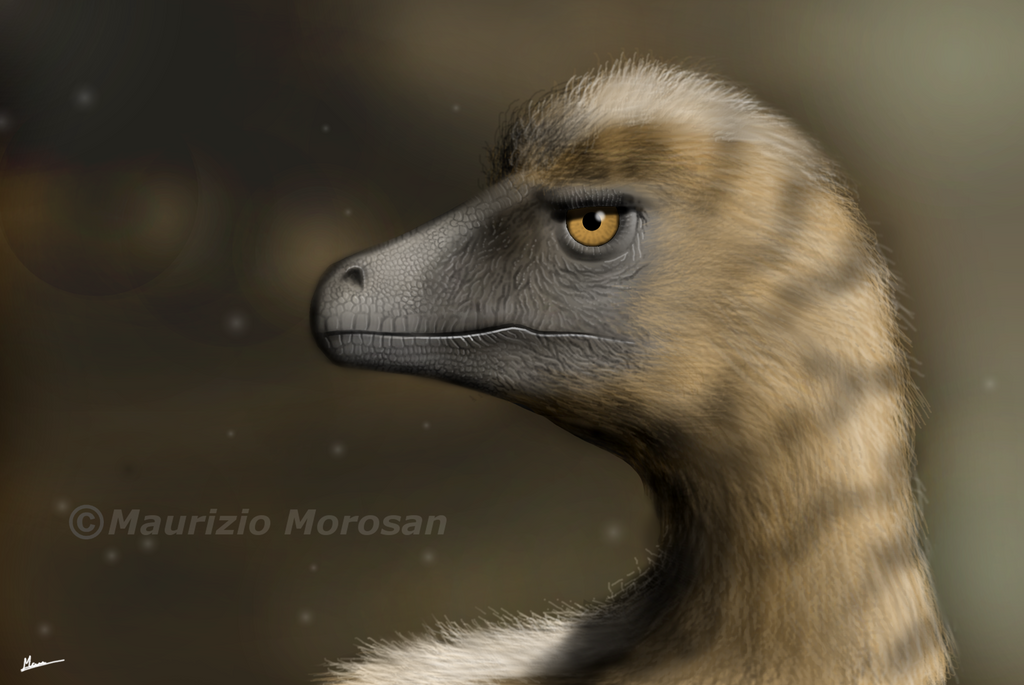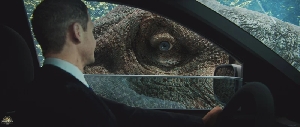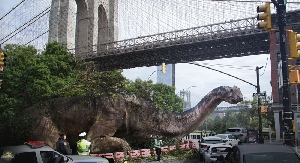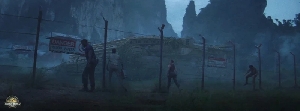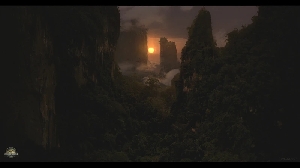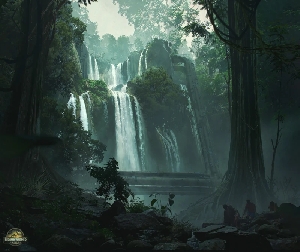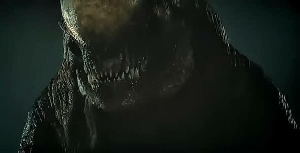The size of Siats meekerorum
Dinosaurs Forum Topic

Carnosaur
MemberCompsognathusFeb 5, 20154952 Views5 Repliesi find it weird i haven't done this one yet..
anyway, one of the more recent large theropod discoveries, i decided to take a look at this guy. there's a lot of cnjecture stating that siats was 12+, or 13+ meters in length. this seems to hinge solely on the fact the animal is not fully grown. but, what is it? a subadult? juvenile? let's look..
I have the a paper on S. meekerorum that i just found...I'll post info and a link..
"Holotype. FMNH (Field Museum of Natural History) PR
2716, partial postcranial skeleton of immature individual
including portions of the axial column, pelvic girdle and hind
limb (Fig. 1). Immaturity of the holotype is evident from lack of
neurocentral fusion across the axial series except in distal
caudals. Select measurements are provided in Table 1.
Referred specimen. FMNH PR 3059, a mid-caudal neural
arch and chevron, a pedal phalanx and several indeterminate
bone fragments."
Diagnosis. Large-bodied allosauroid exhibiting craniocaudally
expanded centrodiapophyseal laminae yet lacking welldeveloped
infradiapophyseal fossae on proximal caudals*
(autapomorphy) (Fig. 2i); craniocaudal elongation of
craniodorsal centra (Fig. 2a); abbreviated, transversely broad
neural spines on dorsal vertebrae (neural spine height B50%
maximum height of centrum) (Fig. 2d,e); transversely
flattened, axially concave ventral surface yielding subtriangular
cross-section on distal caudal vertebrae (autapomorphy)
(Fig. 2j,k); transversely concave acetabular rim of iliac
pubic peduncle (autapomorphy) (Fig. 3a); truncated
lateral brevis shelf with notched caudal end (autapomorphy)
(Fig. 3a); brevis fossa with subparallel mediolateral margins;
supraacetabular crest truncated above midpoint of acetabular
rim (Fig. 3a).
* it's a neovenatorid based on what we have of that branch..
incoming measurements in milimeters(mm)
Ilium Max. preserved length 835
Fibula Max. preserved length 461
Now, in contrast the Fibula of N. salerii was 618 mm
Cannot find the ilium length on Neovenator, but yeah.
Contrasting this, the 1st and 5th caudal vertebrate are correspondingly larger then those of N. salerri;
"..Phylogenetic analysis. We recover Siats as a carcharodontosaurian
allosaurian (Fig. 4) based largely on the extent and
nature of pneumatic features, which include pleurocoels on dorsal
and likely also on sacral vertebral centra, and honeycombed or
‘camellate’ interior pneumaticity, as well as alariform morphology
of dorsal hyposphens and peg and socket ilio-ischial articulation.
The presence of tab-like lateral extensions on the dorsal
postzygapophyses (Fig. 2e) and externally piercing pneumaticity
of the prezygapophyses (Fig. 2b), prominent centrodiapophyseal
laminae on caudal neural arches (Fig. 2h), and presence of a
preacetabular cuppedicus shelf (Fig. 3a) posit Siats as a member
of the subclade Neovenatoridae. A placement within the subclade
Megaraptora is supported by pronounced centrodiapophyseal
laminae bracketed by deep infradiapophyseal fossa on the caudal
neural arches (Fig. 3h), which we interpret as homologous with
the condition observed in Aerosteon26 and Megaraptor25. A
Bremer support value of 45 indicates strong support for a
monophyletic Neovenatoridae including Siats (Fig. 4b). Siats
remains labile within Megaraptora, largely due to lack of skeletal
overlap between select taxa.."
S. meekerorum FMNH PR 2716(catalogue #) 3,917(kg) FL[Femur length] 1,166(mm)
3,917kg translates to 8,8635.51lbs or ~ 4.3 tons( just so everyone knows)
If isometry with A. atokensis is correct, This immature specimen would measure ~10.8 meters. if scaled from Neovenator, it would be ~11.2 -11.4 meters which would indicate an adult size of ~12 meters, perhaps around the 12.4 meter mark at best. Do note that my calculations, like anyones, are prone to error though.
So, Juvenile? certainly not.
Subadult? looks like it; besides, the paper didn't actually make that claim of it being a juvenile, that was only repeated by media outlets.
Fun fact, this makes S. meekerorum the third largest theropod taxon in North America that we know of. Seeing we have othing on Carcharodontosauridae growth rates, i find it implausible(impractical) to state anything much more then 13 meters, especially if it was a subadult.
References:
Neovenatorod theropods are apex predators in the late cretaceous of North America (Zanno & Mackovicky 2013)
http://fossilworks.org/bridge.pl?a=taxonInfo&taxon_no=64120( for neovenator salerii bone lengths)
Brusatte, S. L. and Benson, R. B. J. and Hutt, S. (2008) The osteology of Neovenator salerii (Dinosauria: Theropoda) from the Wealden Group (Barremian) of the Isle of Wight. Other. Palaeontographical Society, Palaeontographical Society Monographs
Nature doesn't deceive us; it is we who deceive ourselves.
Replies to The size of Siats meekerorum
Hey Guest, want to add your say?
Are you an avid Jurassic World fan looking for a dedicated online community of likeminded fans? Look no further! Create your own profile today and take part in our forums and gain XP points for all the content you post!

